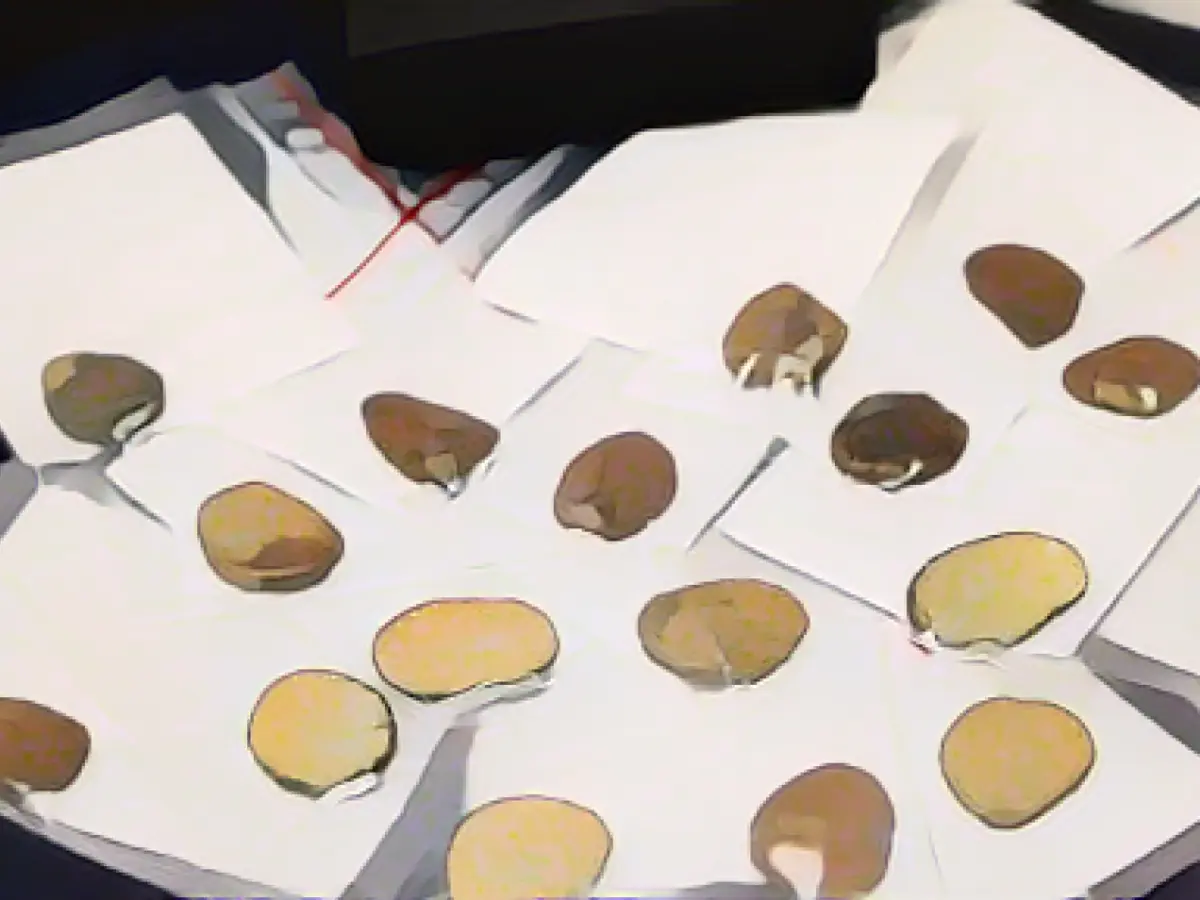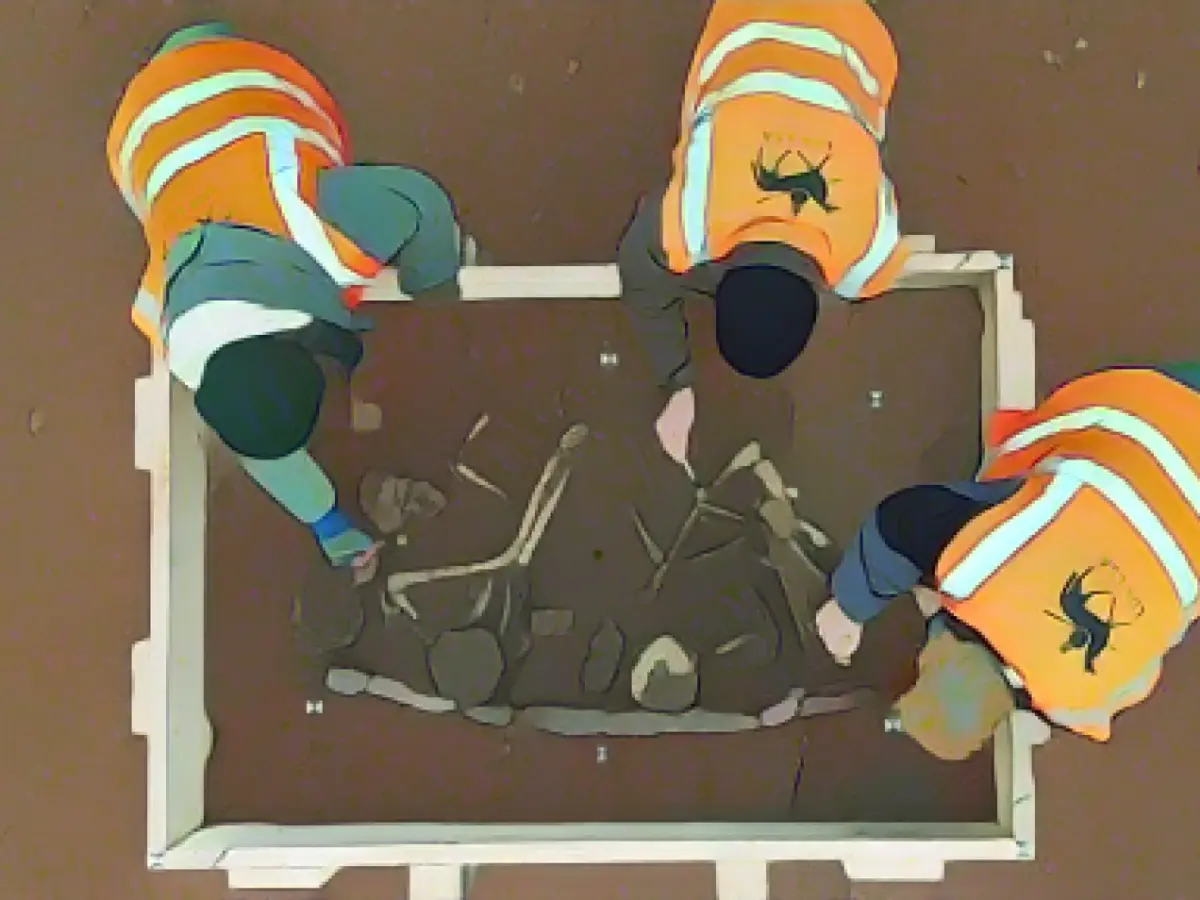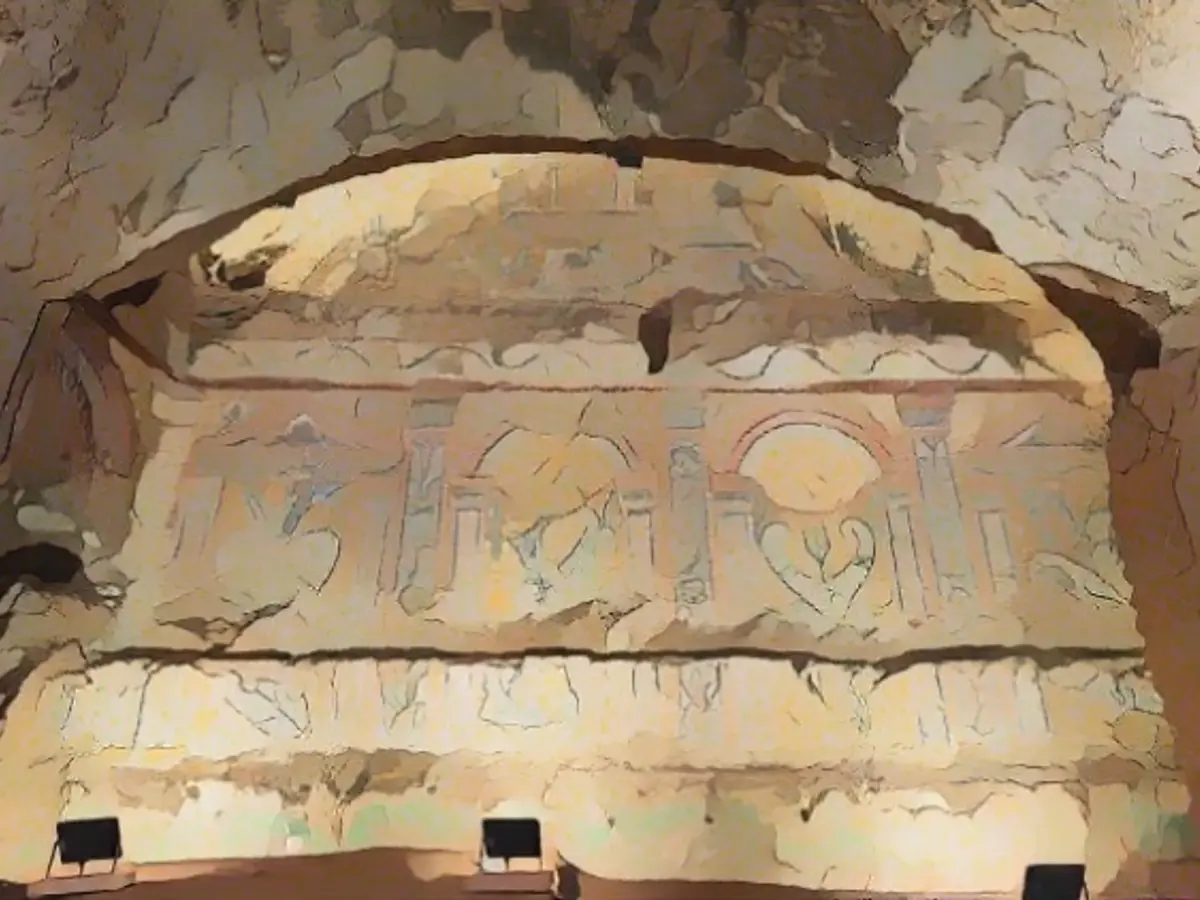Unveiling the Tainiaro Enigma: Finland's Stone Age Puzzle
For over half a century, archaeologists have been puzzled by a Stone Age cemetery in Finnish Lapland that appeared to be without any bone remains. Recent research led by Aki Hakonen, an archaeologist at the University of Oulu, could finally provide some answers.
The Mystery Unfolds
In 1959, workers unearthing sand near Simo in northern Finland stumbled upon stone artifacts, marking the beginning of a decades-long mystery. Archaeological excavations at Tainiaro, just 80 kilometers beneath the Arctic Circle, in the 1980s and 1990s revealed intriguing findings. Despite the absence of bone remains, dozens of pits dating back to the 5th millennium BC were tentatively classified as graves. Was this location the largest Stone Age cemetery in Finland?
cracking the code
Hakonen and his team meticulously analyzed existing and new excavations at Tainiaro, as well as comparing them with other known Stone Age burial sites in Finland. Their findings were consistent with those of contemporary graves in terms of shape, size, and contents. Hakonen estimated that around 200 potential graves existed; many were over 2 meters long and up to 1 meter wide with rounded corners. These graves displayed evidence of burning, and traces of red ochre were also identified.
why no bones?
Hakonen hypothesized that the lack of bone remains could be due to the scarcity of limestone deposits in Finland and northern Fennoscandia, leading to acidic soil. This acidic soil could have caused bone decomposition over time. However, this theory requires further evidence to be considered definitive.
the future of Tainiaro
Hakonen's research has already provided valuable insights into Stone Age burial practices in Finland. Regardless, he acknowledges that there is still much to learn. Further excavations are needed to uncover additional artifacts and deepen our understanding of Tainiaro's cultural and historical significance.
Securing Tainiaro's Legacy
Tainiaro has captured the world's attention, inviting archaeologists to reevaluate our understanding of Stone Age culture in the Arctic Circle. Until more evidence emerges, the study of Tainiaro and its enigmatic graves will continue to captivate and challenge archaeologists, providing a unique glimpse into a largely shrouded period of human history.
Related Readings
Insights from Enrichment Data
Bone loss in prehistoric graves can be attributed to various factors. Here are some possibilities:
- Perishable nature of bones: Bone remains can decompose over time due to natural processes such as weathering, soil acidity, or microbial activity.
- Burial practices: Some burial practices may not have been conducive to bone preservation, potentially leading to bone loss.
- Soil conditions: Soils with high levels of organic matter, water, or acidity can contribute to bone decomposition.
- Animal activity: Animals, such as rodents, insects, or larger mammals, can scavenge or disturb graves, resulting in bone loss.
- Excavation methods: Methods used during excavations can impact bone recovery, potentially leading to missed or destroyed bone fragments.
- Post-depositional processes: Post-depositional processes, such as erosion or sedimentation, can alter gravesites, contributing to bone loss or destruction.
These factors collectively contribute to the potential lack of bone remains in the Stone Age cemetery at Tainiaro, Finland, despite the presence of other archaeological evidence.








